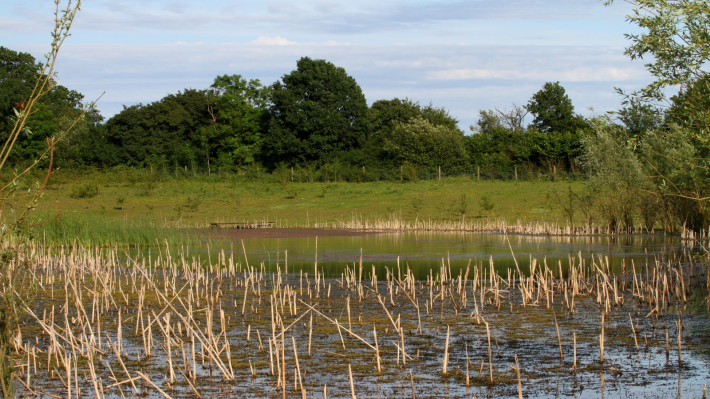Does biodiversity offsetting work?
Professor Jonathan Rhodes from The University of Queensland, explores the pitfalls of biodiversity offsetting and how we can ensure the true costs are paid for.

Biodiversity offsetting has become a popular tool for businesses and developers to mitigate their environmental impacts. But ecology and how people interact with the environment is complex and so assessing the effectiveness of mitigation projects is far from easy.
Paying to offset environmental impacts
Many of us have been asked if we want to pay a little extra to offset the carbon emissions from the flight you just purchased. The money you pay could be used to invest in tree planting or to pay for other carbon sequestration activities but often we don’t really know how it ends up being spent or what the environmental outcomes are. But carbon offsets are not the only area of concern.
Across many environmental domains, there is a proliferation of so-called “offset credit schemes” emerging where environmental impacts can be “offset”. For example, in the UK, the controversial Nutrient Mitigation Scheme allows housebuilders to buy credits to offset pollution from housing developments and funds paid are used for wetland construction and improvement, but its efficacy is debated.
Similarly, the UK’s Biodiversity Net Gain legislation, and equivalent policies in Australia, allow developers to buy credits to offset impacts on biodiversity, with funds being used to pay for conservation activities as compensation. Yet, the effectiveness of these schemes are also questioned.
Does paying pay?
In our new paper in the journal People and Nature we set out to determine what influences the effectiveness of offsets schemes that allow developers to pay into a fund to offset the biodiversity impacts of housing developments. We looked at a specific scheme for offsetting impacts on koalas in a rapidly urbanising area of South East Queensland, Australia.
In this scheme developers can choose to either directly restore koala habitat themselves to offset their impacts or they can make financial payments into an offset fund that the government then invests in habitat restoration on their behalf.

But which approach is most effective? On one hand payments into the offset fund might be most effective because it enables the government to act strategically to maximise outcomes for biodiversity (or koalas in this case). On the other hand, this also means the government takes on the financial and ecological risk of delivering effective restoration projects, rather than developers taking on that risk.
In our study, we used spatial models of the offset policy and future development trajectories to test the effectiveness of these two approaches.
We found that developer payments into the offset fund were indeed the most effective approach in some cases, but only when there is high availability of suitable locations in which to do restoration activities. Yet, when it is difficult to find suitable offset sites, the cost the government has to pay to deliver the required offsets increases, meaning that the funds paid by developers can be insufficient to cover the true cost of offset delivery.
What are the implications?
If the funds paid by developers is less than the actual cost of delivering the required offsets, then either the government will fail to deliver enough offsets or the taxpayer will have to make up the financial shortfall, effectively subsidising developers. In contrast, if developers are required to deliver the offsets themselves, they bear the true cost of delivering the required offsets.
In many situations, land-use and ecological constraints mean there are limited local places where offsetting activities that bring environmental benefits can be carried out. We show that this can lead to a kind of market failure where developers do not pay the true cost of offsetting their impacts when they make a financial payment to acquit their offset liability.

So, designing environmental offset policies and markets that ensure developers do pay the true cost of the required environmental gains is essential. Failure to do so will at best result in subsidising developers and at worst continued poor environmental and biodiversity outcomes.
Achieving this will require a much more nuanced understanding of the social, ecological, and economic determinants of the availability of offset sites and the cost of offset delivery. This then needs to be used to design offset policies that better account for the true cost of offset delivery, especially when developers are allowed to pay their way out of their offset obligations. This is essential for ensuring the new found optimism around nature positive outcomes for our planet is not lost.
Read the full paper
Rhodes, J. R., Liu, Y., Wahyudi, A., Maron, M., Iftekhar, M. S., & Brisbane, S. (2023). Performance of habitat offsets for species conservation in dynamic human-modified landscapes. People and Nature, 00, 1–15. https://doi.org/10.1002/pan3.10494
Like what we stand for?
Support our mission and help develop the next generation of ecologists by donating to the British Ecological Society.